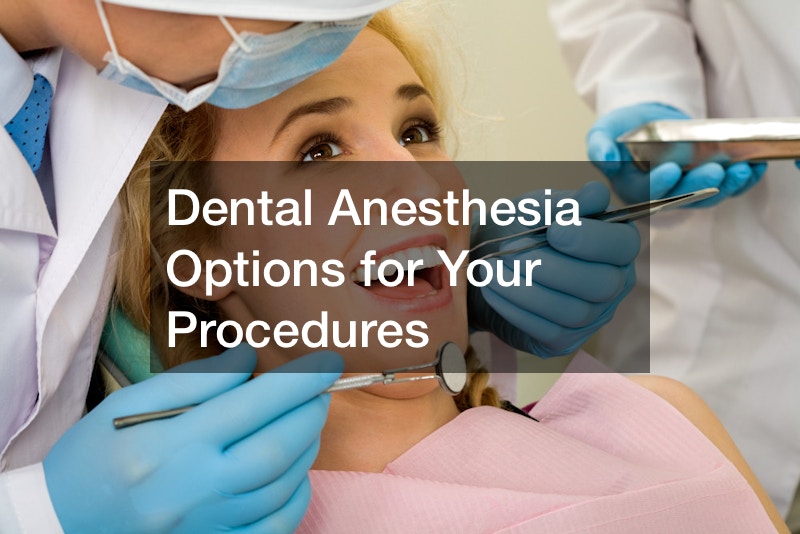
Are you wondering what kind of anesthesia options are available from your local dentists? Modern advances in sedation and anesthesia have made dental work easier and more comfortable than ever before. Here is some more information to make your decision easy!
Local anesthesia sees regular use in a variety of dental procedures, from cavity and crown work to root planing and scaling for periodontal disease. Common local anesthetic drugs used in dentistry include lidocaine, articaine, prilocaine, mepivacaine, and bupivacaine. These drugs impart a numbing effect that lasts for 30 to 60 minutes.
Also known as sleep medicine, sedation dentistry is a great option for lengthier dental procedures that require deeper sedation. A sedative is often combined with a local anesthetic for optimum patient comfort. Three types of sedation can be used by the dentist.
With oral conscious sedation, your dentist gives you sedative medication (usually in pill form) about an hour before your procedure begins. Most dentists use triazolam (Halcion®), which is in the diazepam (Valium®) family. But your local dentists might use other medications, too, including zaleplon and lorazepam. Dentists often used liquid sedation in pediatric dentistry, such as midazolam oral syrup.
.


